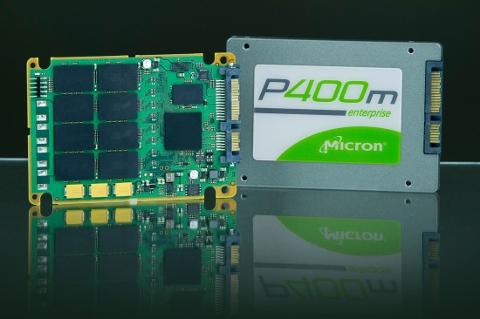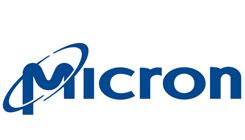Micron, Agiga Partnership Could Create DRAM Caches
Micron Technology plans to resuscitate a blast from the past: mixing flash memory with DRAM as a replacement for solid-state discs, presumably for data centers as well as PCs. The goal, reports EE Times, would cut latencies from microseconds to nanoseconds. In effect, Micron would be creating another tier of storage, something between pure volatile memory—which, although the fastest storage available, is subject to data loss during power failures—and the super-fast flash memory of an SSD. Micron is actually partnering with Agiga Tech, a subsidiary of Cypress Semiconductor, which invented and patented the memory solutions. The partnership dates back to November, when the two companies signed a deal that would require Micron to develop and manufacture the modules, which Micron refers to as Hybrid DIMMs (H-DIMMs) and Agiga calls Non-volatile DIMMS (NVDIMMS). The goal is to have the H-DIMMs in the market by 2014, said Micron executives. Samples are expected this quarter, Agiga suggested last year. Agiga sees the modules being used for server RAID arrays, storage tiering, data logging, de-duplication, system checkpointing and metadata processing. The modules won't include a battery, but they will feature what Agiga calls a PowerGEM, an ultracapacitor-powered battery module that also integrates some "health monitoring" technology for automatic charging and discharging management. Agiga said its "24/7" test lab had accumulated reliability information about the capacitors over a period of three years—reassurance, apparently, to customers worried about leaking or exploding capacitors. Micron apparently views the Hybrid DIMMs as a sort of accelerated SSD, using DRAM itself as a form of cache. In reality, the opposite would be true: the DRAM would be used as a high-speed cache, storing the hottest of the "hot,” frequently-accessed data. According to Agiga, during normal operation, the H-DIMM/NVDIMM appears as a standard registered DDR3 DIMM to the host system, providing all of the benefits and speed of high-speed, high-density DRAM. When the PC is turned off, the server enters a sleep mode; or if the power fails, the power stored in the ultracapacitor writes the data into flash memory. When power is restored, the ultracapacitor is recharged. The latest modules include DDR3 memory in 1-Gbyte, 2GB and 3GB densities, running at DDR3-1600 speeds or 1600 MT/s (megatransfers per second). As noted by ConceivablyTech, mixing flash and DRAM together inside a module has been tried before, with the Gigabyte i-RAM, which also required an external battery. Seagate apparently owns a similar patent. Image: Konstantin Yolshin/Shutterstock.com


